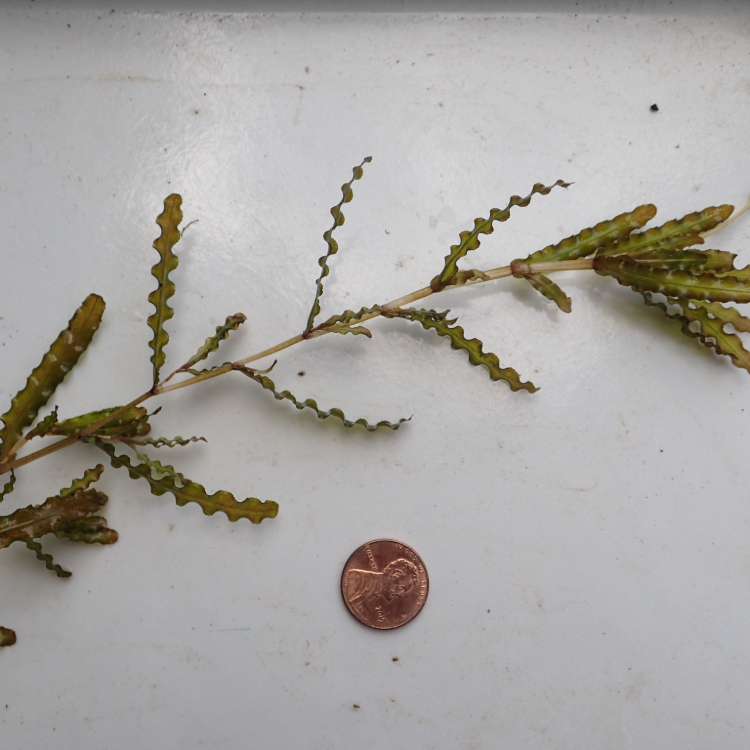Invasive Plants
What is an invasive plant species?
Invasive plant species are plants, either aquatic or terrestrial, that are:
- Non-native to the ecosystem under consideration (I.e., New Jersey), and
- Whose introduction causes or is likely to cause economic or environmental harm or harm to human health (see 2009 NJSMPIS).
Through aggressive or novel reproduction, environmental endurance, and/or lack of natural predators, these species can outcompete native plants for resources. They do this by:
- changing habitat structure,
- altering soil chemistry,
- dominating available space,
- Absorbing sunlight or by shading,
- and more efficiently utilizing nutrients.
Weeds vs. Invasives: What’s the Difference?
“Weeds” are essentially plants that are ‘out of place’ according to human standards. These can be both native and non-native plants and may not necessarily be bad for the environment. Weeds are more of a nuisance to the homeowner, gardener, farmer, or land manager rather than a serious threat. It is human and situational bias that determines what plant is considered “weedy” and where it “belongs”. Conversely, “invasive” plants fit the definition above where they are non-native and negatively impact ecosystems, and many of these can be “weedy” as well (I.e., growing where they do not belong).
Common and Prevalent Invasive Plant Species in NJ
Thousands of non-native plants have been introduced to our state, both intentionally (e.g., planting) and by accident (e.g., escaped cultivation, attached to shipping material, seeds/propagules mixed in with other species). However, not all these plants have become invasive or cause harm.
Many non-native plants are well established in New Jersey, some of which are now common and well established (Nonindigenous Plant Species-NJ ). A few of these (at least 50) are considered “widespread – invasive” and have altered much of the state’s natural landscapes. A greater number are considered “emerging” (few populations but growing) and others have been placed on the “watchlist” (not yet in NJ but found in adjacent states). Range shifts are also occurring for many species due to climate change, pushing southern species northward.
New Jersey does not have an “official” list of invasive plant species, nor does it have legislation mandating the creation of such a list. However, guidance is available on species that can be harmful if planted for landscaping, restoration, or other purposes (See DEP Policy Directive 2004-02; plants Appendix | PD 2004-02). Current information on invasive species is collected and maintained by The New Jersey Invasive Species Strike Team (FoHVOS – NJISST); list is available here: NJISST 2023 – IS Plant List.
Some of the most familiar and widespread invasive plants are listed below. Although not an exhaustive list, these species represent those most commonly encountered and with known impacts.
Terrestrial Invasive Species
Japanese Honeysuckle
Lonicera japonica
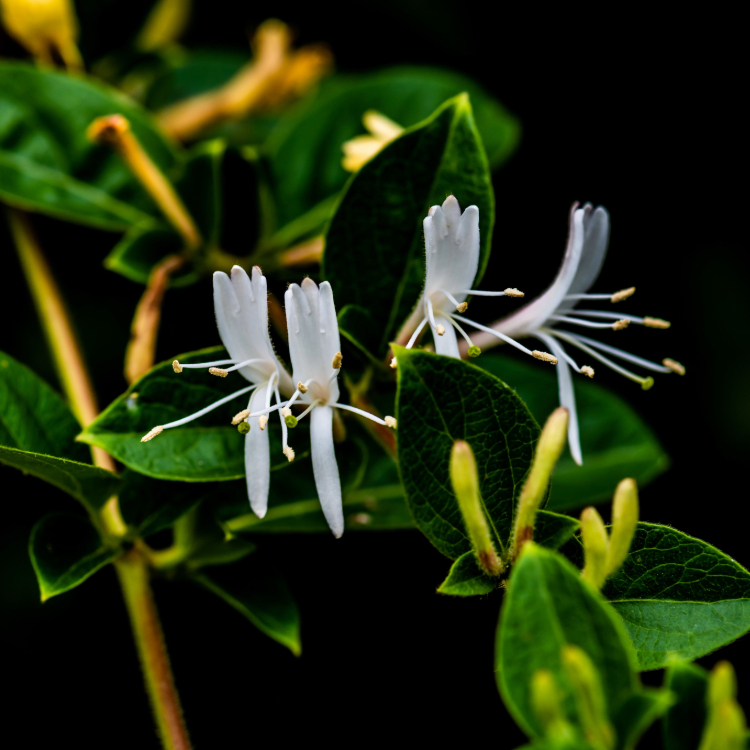
Multiflora Rose
Rosa multiflora
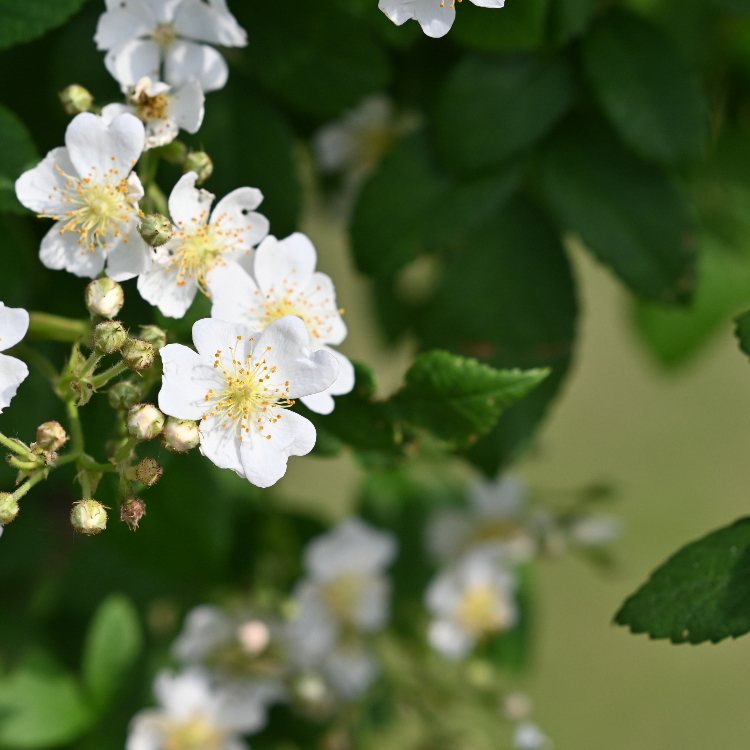
Japanese Knotweed
Reynoutria japonica
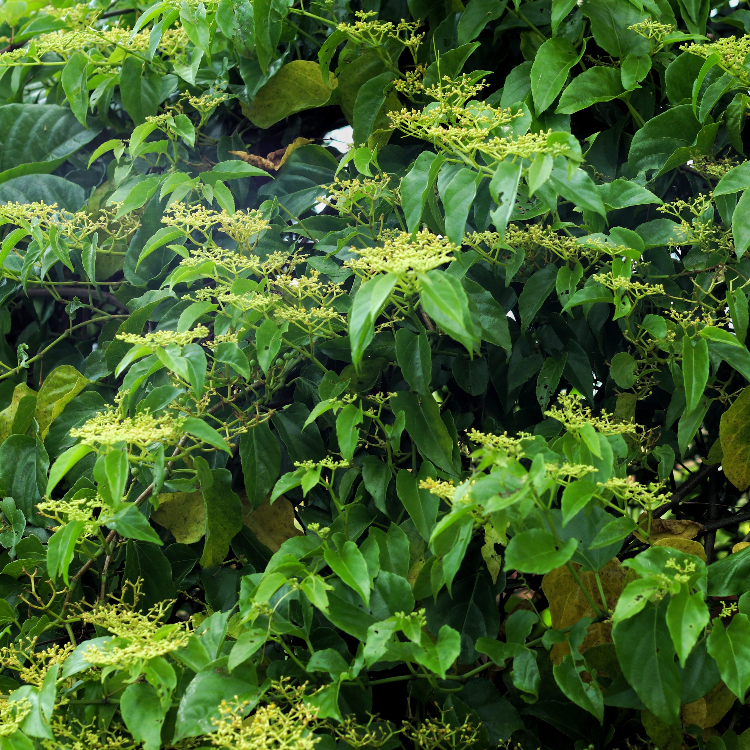
Winged Euonymus (Burning Bush)
Euonymus alatus
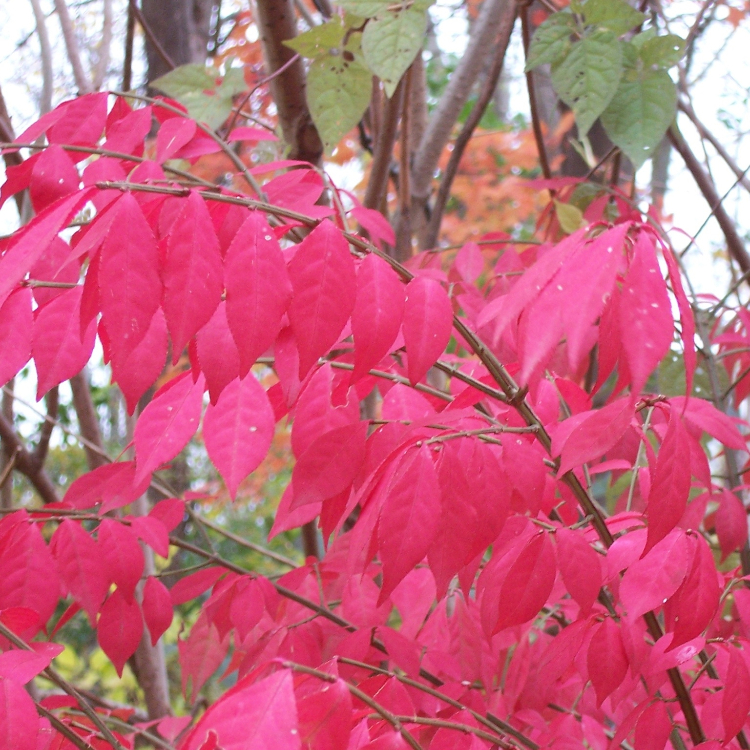
Lesser Celandine
Ranunculus ficaria
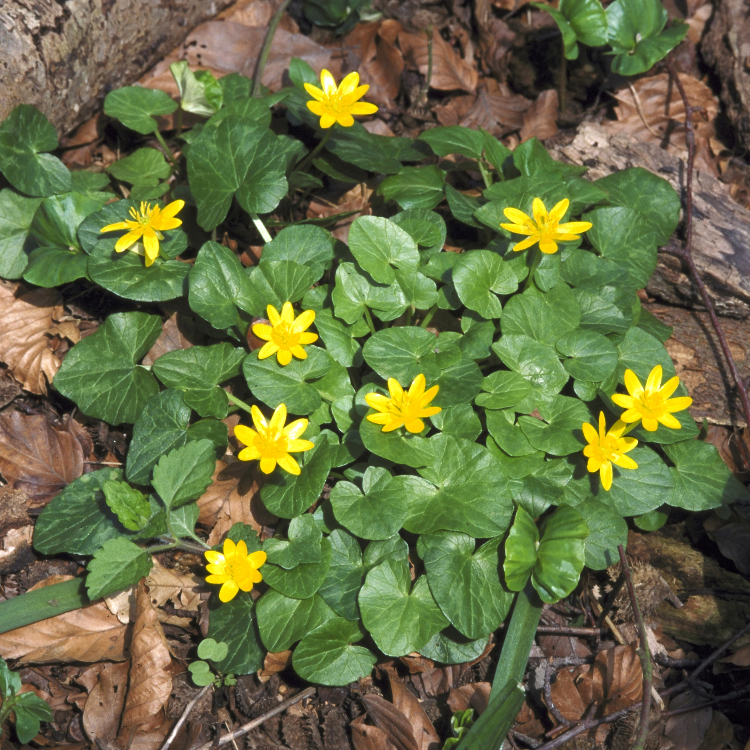
Japanese Barberry
Berberis thunbergia
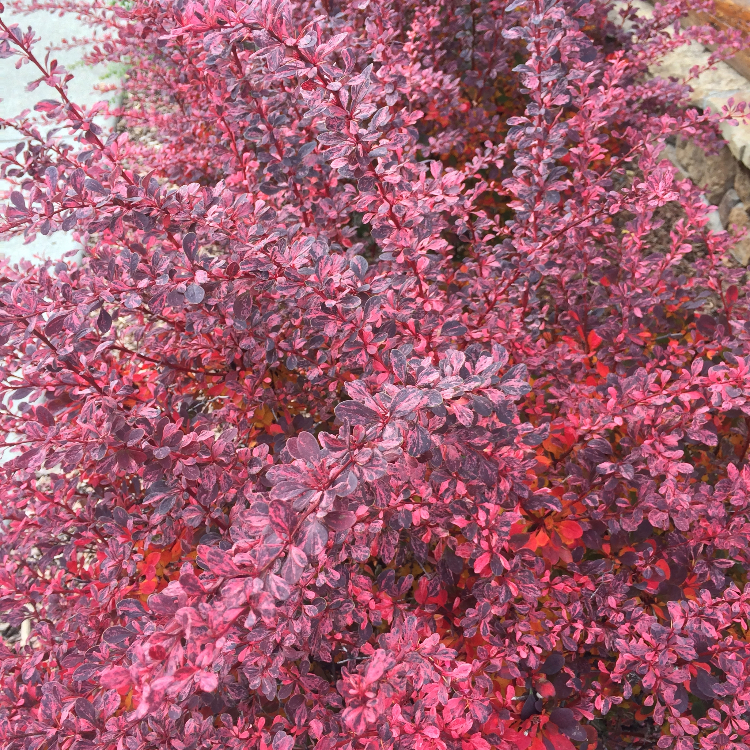
Garlic Mustard
Alliaria petiolata
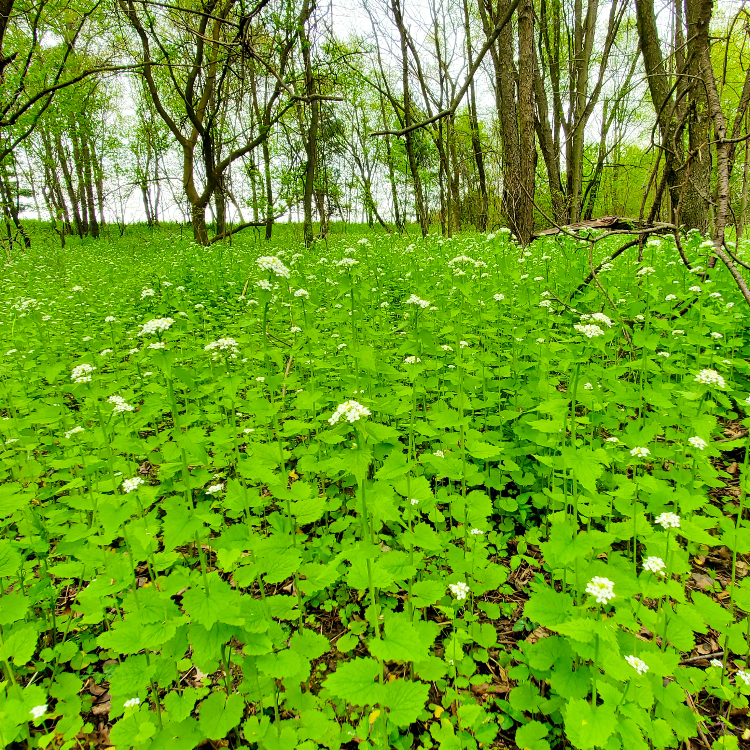
Common Reed
Phragmites australis
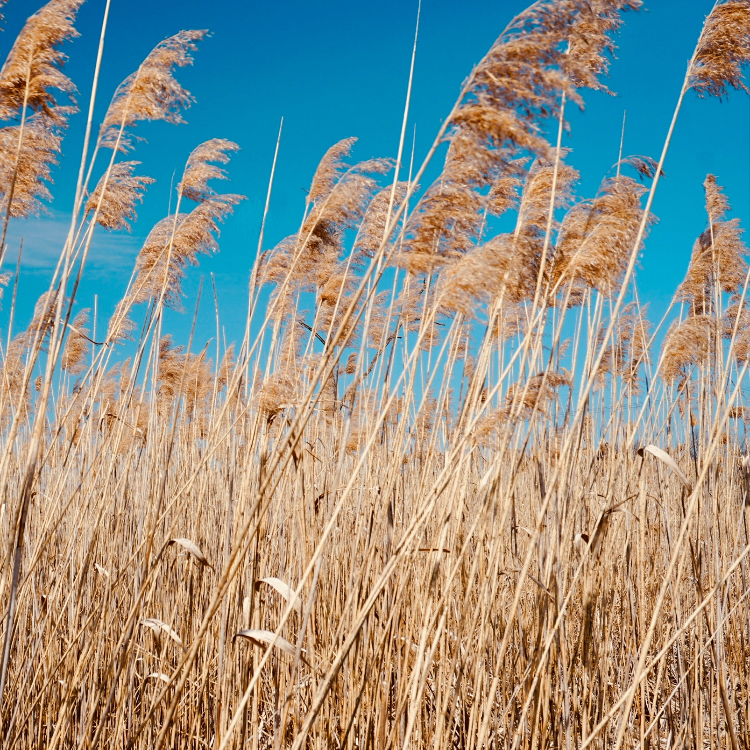
Japanese Stiltgrass
Microstegium vimineum
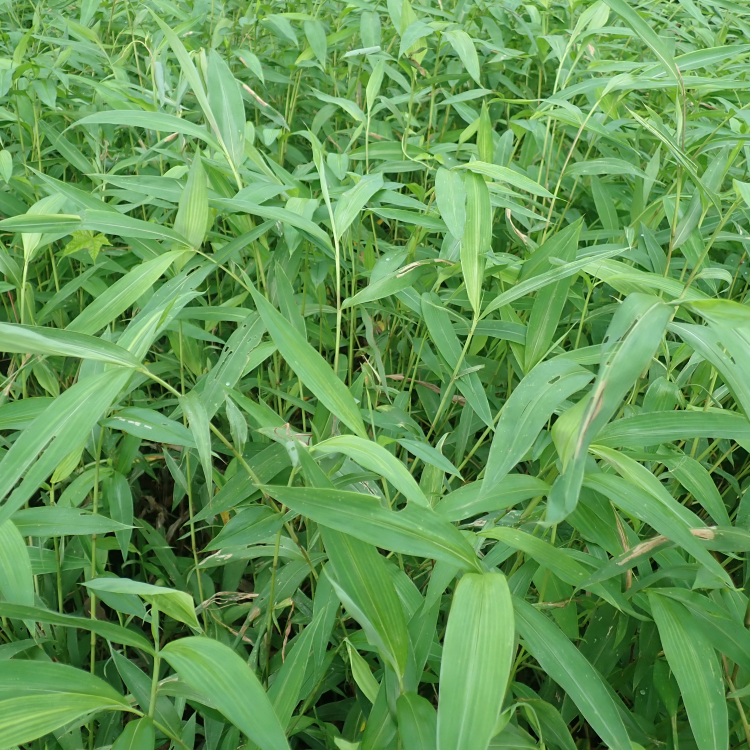
Common Mugwort
Artemisia vulgaris
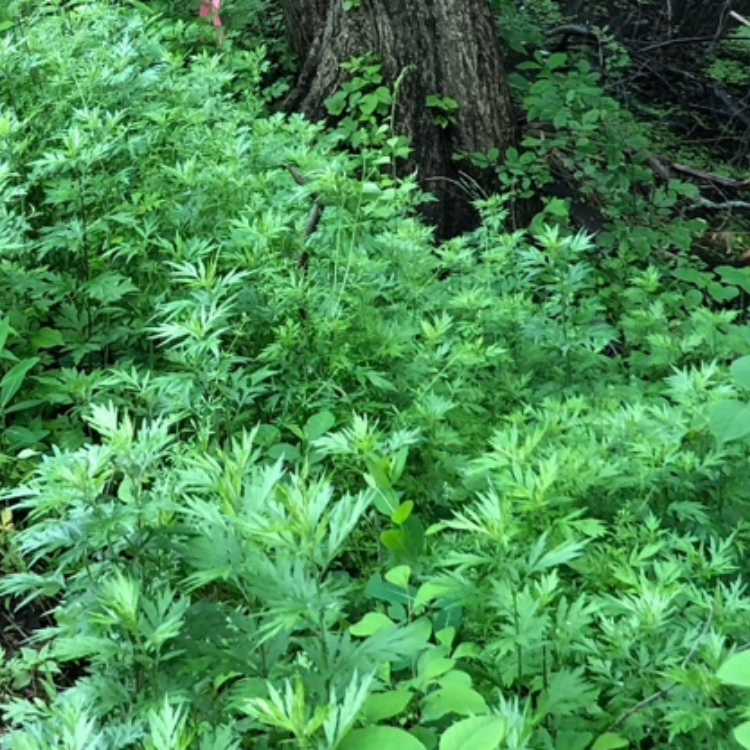
Callery Pear (Flowers)
Pyrus calleryana
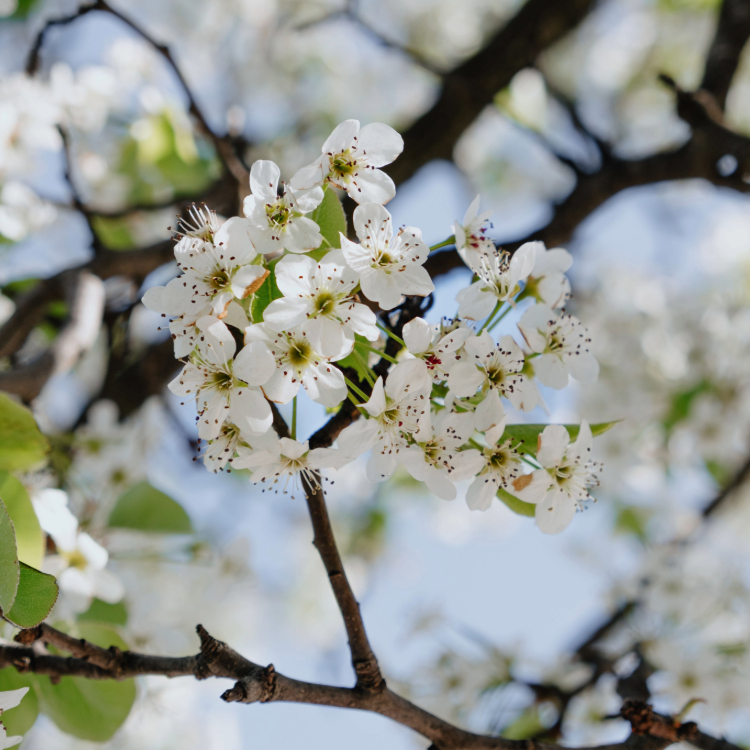
Tree of Heaven
Ailanthus altissima
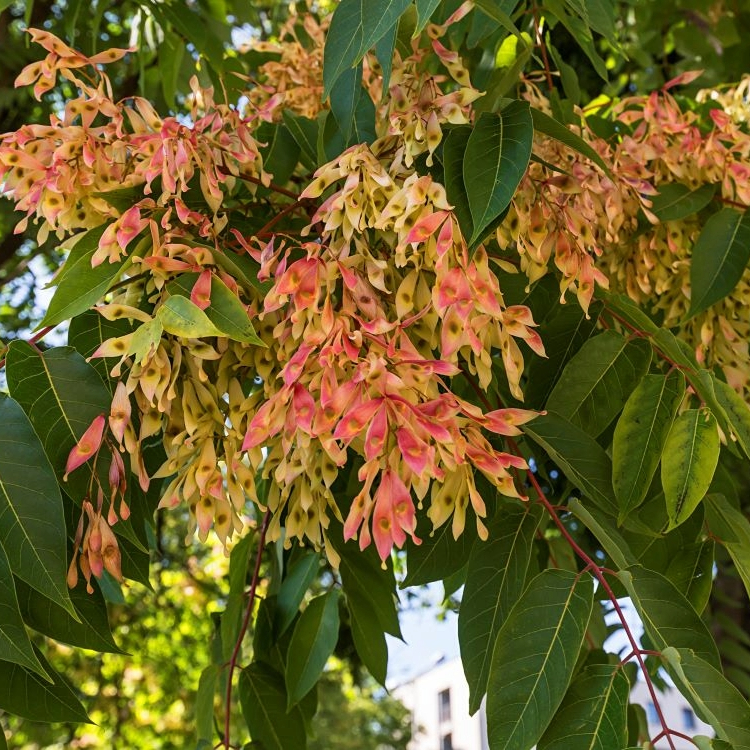
Autumn Olive
Elaeagnus umbellata

Oriental Bittersweet
Celastrus orbiculatus

English Ivy
Hedera helix
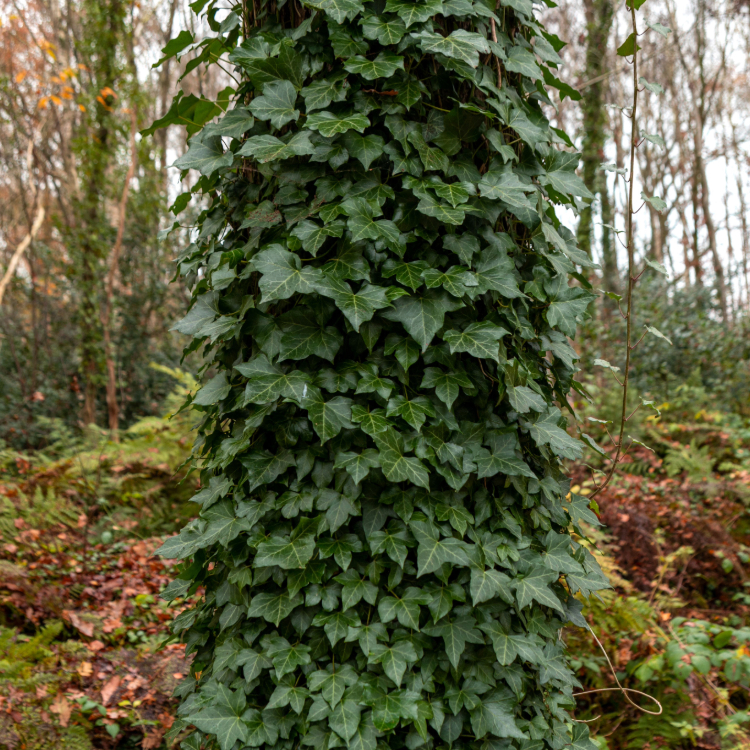
Callery Pear (Tree)
Pyrus calleryana
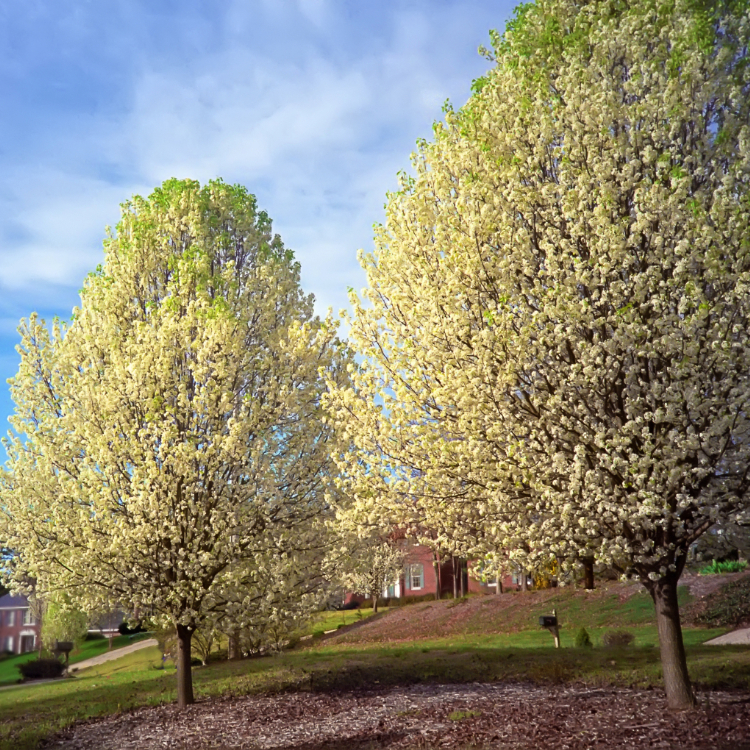
Aquatic Invasive Species
See the NJ AISMP for more information on invasive plants
Water Chestnut
Trapa natans
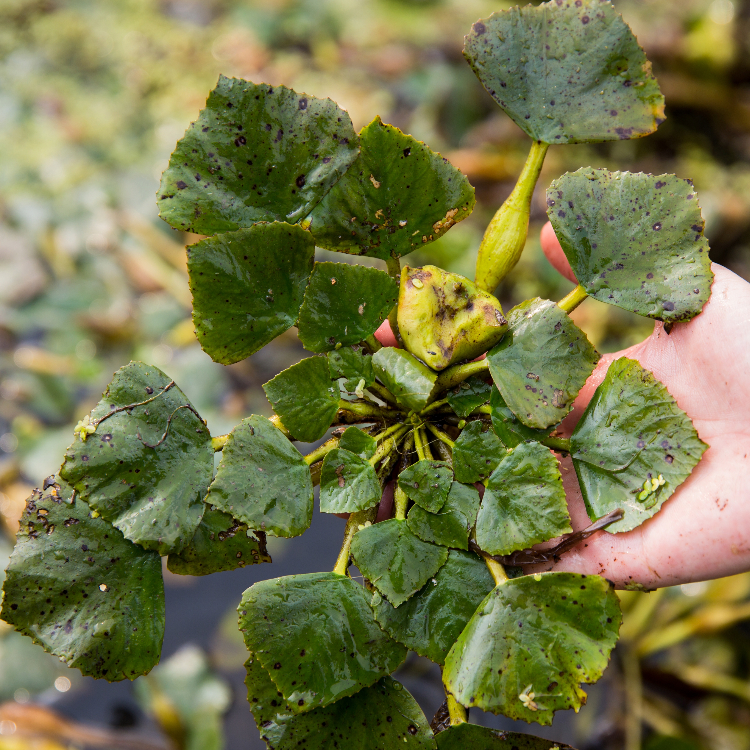
Hydrilla
Hydrilla verticillata
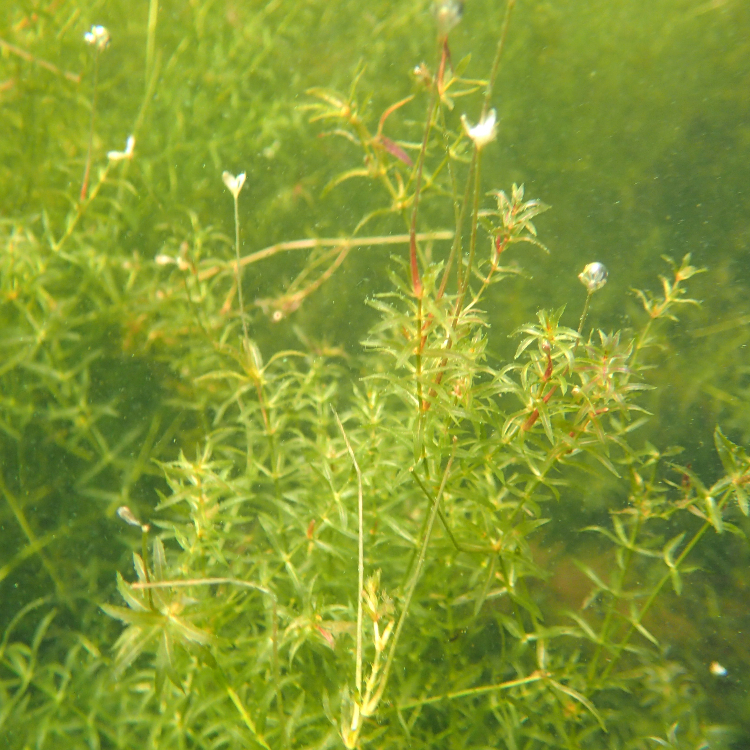
Curly-leaf Pondweed
Potamogeton crispus
